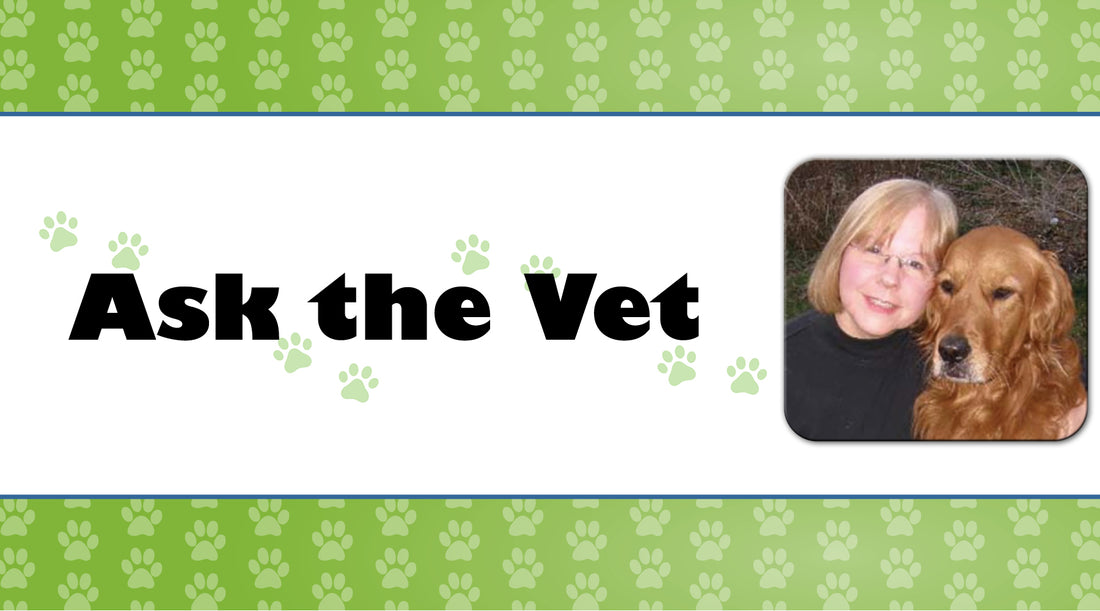Q. My dog loves being outside, even in the winter. He doesn’t want to come in! What can I do to keep him healthy this season?
A. There are dogs, like Nordic breeds, who relish the cold. Others are not made to be left out in the cold. Here are some tips for both types of pups.
We will start with being outside. Some pups are made for the cold. They have a multilayered fur coat that insulates them against the cold. Others have a one-or two-layer coat. It is important to understand the type of coat your dog has. The light-coated dog with a top layer and a mild undercoat will be more susceptible to the cold than the heavy-coated dog. These light coated dogs will do well not being left outside for long periods of time and need to wear a clean dry winter coat. These coats can be purchased anywhere. Our hearty breeds with multiple fur layers must be kept clean, free from dirt and debris that can cake and injure their skin. They also need to be brushed regularly to avoid matts. Matted fur breaks down the natural insulation the fur provides. Shelter is also important for the outdoor dog. An appropriate abode is clean, insulated, dry, and protected from the wind. Water requirements are often overlooked because it freezes. Invest in a warmer to keep the water flowing. There are many made-for-animals water heaters on the market at reasonable prices.
After a fun time out on a hike, going to the beach, or playing fetch in the backyard, bring your best friend inside to get dried off, watered, and warmed up. Never leave your wet dog outside. Shivering is the first response the body does to prevent the core body temperature from dropping to prevent hypothermia. When you see this, bring your dog inside or in a warm place. When extremities, such as, ears, feet, tail, scrotum and mammary glands get excessively cold, these body parts will have decreased blood circulation and get so cold the tissues freeze. We know this as frostbite.
Nutrition is another consideration. Inside dogs whose activities decrease in the winter may need to have smaller meals to avoid getting fat. Outside dogs will need more calories to keep warm with a small layer of body fat. You still need to feed a high-quality diet and more of it.
Behaviors can change with less exercise in bad weather. Decrease this possibility by doing mental and sniffing games. This will tire them out in a good way. When snowshoeing, cross- country skiing, or skijoring, Fido will be very tired, hungry, and thirsty. Bring snacks for him along with your own.
One last concern is the salt and ice-melt used on sidewalks and roads. Some of these chemicals can be caustic to your pup’s feet. Another concern is the buildup of snow and ice between the toes and pads. All of these can cause damage and pain to your dog’s feet. Using booties or “musher’s secret’ before going out can prevent Fido’s discomfort.
Have a safe and warm winter with your best friend.
Judith K. Herman, DVM, CVH
Animal Wellness Center
Augusta, Maine
www.mainehomeopahticvet.com

